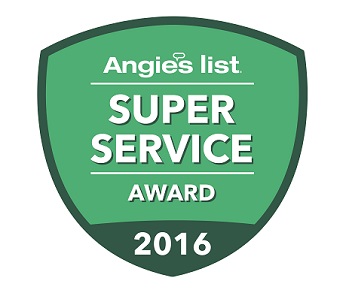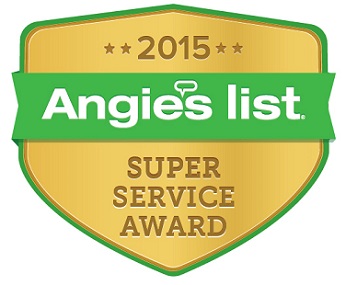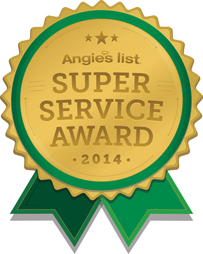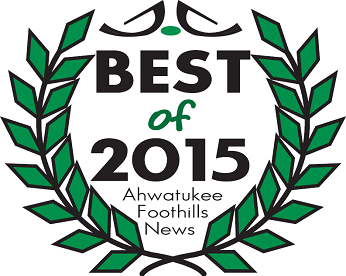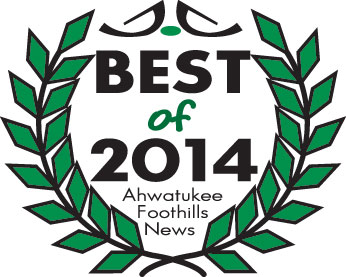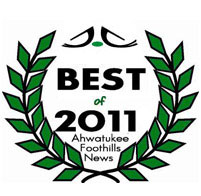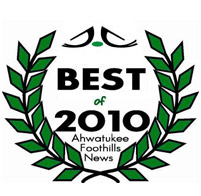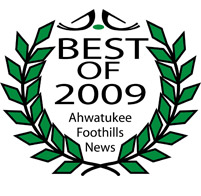COME/ HERE Games
I play games with my dogs to have a fast fun recall that is solid! Keep in mind that “Here” just means show up! So at this stage, do not ask her to come and sit in front of you, she just needs to appear and you should be very happy and excited!
Important> ALWAYS be very happy & cheerful when you call your dog.
NEVER call your dog to punish or when your upset! This will give a negative thought about
coming to you!
Play a tracking game. say your dogs name with come here ( ex “Sophie Here”)
as she approaches, put the treat on the ground, immediately turn the other direction and repeat Sophie Here, again putting the treat on the ground, do this back and forth many times. start sliding the treat on the floor getting some distance from you , so Sophie must grab it an rush back toward you. Once she is into the game you take it up a notch by adding in Hide N seek. This is a fun game with a goal of as soon as she hears the words “Sophie Here’ that she jumps into action perk up and immediately starts hunting for you.
Start Hide N Seek working the tracking game and sliding the treat a distance away and then stepping behind a table, counter top, couch, etc half of you should be seen, half of you hidden…. when she “finds” you praise praise praise her!!!! heavily!!! as she gets into searching for you, disappear (step into) into a room ,and repeat heavy praise when she finds you. Make it more challenging as the weeks go by.
Restrained Recall
Have someone hold your dog’s collar. Get your dog’s attention and walk around the corner or into another room. Call to “Come Here” (very happy & cheerful). Have the holder release as soon as the dog starts pulling. Practice this exercise several times a day
Play Ping Pong
Have 2-or more people stand in a loose circle. each person should have treats in their hand. take turns saying “Sophie Here” She should begin to speed up bouncing from each person.
*you may need to lean/reach forward with the treat in your hand placing it close to her nose, get her attention and repeat “Sophie Here” so she understands what are your expectations are. once she is responding continue to increase the distance between the other family members, and continue to take turns. as she finishes getting the treat then another person should begin saying Sophie Here” then repeat a number of times.
Note.. always pet and praise her a lot her while giving the treat! it will help you remove the treats replacing it with total praise in the near future.
Leash practice drills
While walking with your dog …. Quickly, without warning, take 5-7 steps backward, as you clap and cheer saying “Sophie Here” once she spins around and chases you a few steps stop and Praise and reward her heavily with lots of affection!
*if needed crouching down will encourage your dog to come more quickly to you.








